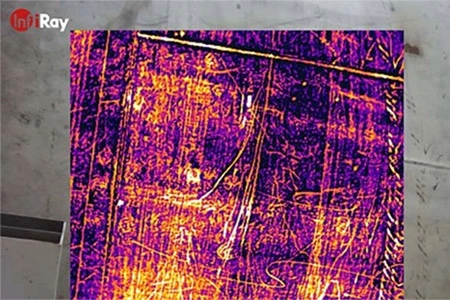The Key Roles of Thermal Cameras in Wildlife Monitoring
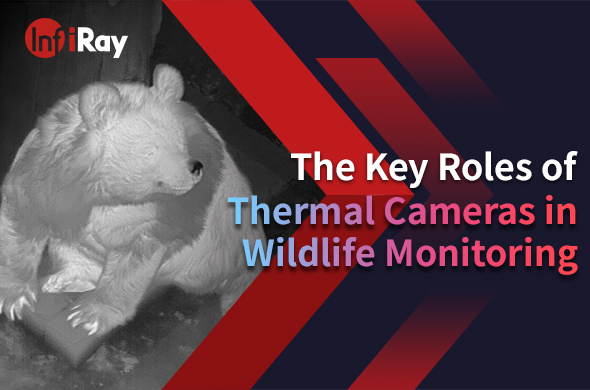
There are many secrets in this wide wilderness, concealed deep in the woods, in the desert, and in the dark at night. But because of technological advances, we have been able to solve them one at a time. One of the essential tools in the arsenal of wild animal researchers and conservationists is the thermal camera.
How Thermal Cameras Work
For an insight into the wonders of thermal cameras, we'll explore their internal workings more closely. Unlike traditional cameras that rely on the visual field, Thermal cameras function by detecting infrared. All things are radiating in the infrared, and that includes the animals. The cameras pick up those thermal signatures and convert them to visual imagery. The technique lets you see in total darkness, and you can pass through obstructions such as thick vegetation.
Thermal camera has obvious superiority in the field of wild animals. Imagine following an elusive nightlife, or recognizing a well-disguised animal in its natural environment. Thermography has provided scientists and environmentalists with a novel way of looking at wild animals without disturbing them.
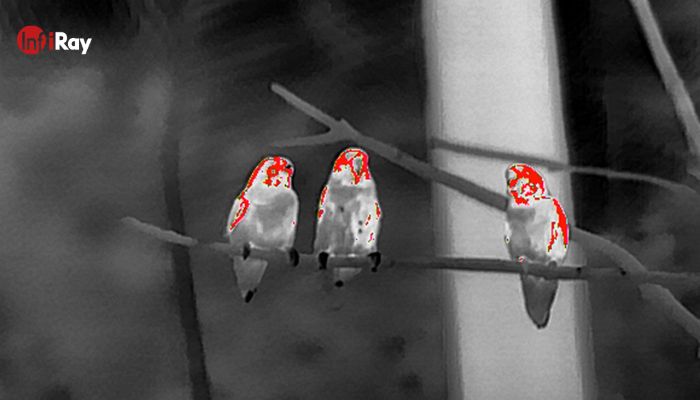
Challenges of Wildlife Detection
Although the technology’s developments have revolutionized wildlife monitoring, there still exist some challenges. Natural camouflage and the adaptability of animals present difficulties in detecting. Certain species have developed an adaptation to blend seamlessly into their environment, making them nearly undetectable even by normal cameras. However thermal imaging cameras can do well because of their work principle.
But sometimes, the environment can be a factor in blocking thermal imaging. Meteorological conditions, for example, heavy rainfall and mist, may interfere with the capability of thermographic cameras. Knowing those challenges is critical to the development of an efficient wild animal monitoring strategy. However, some advanced IR thermographic cameras have managed to penetrate those climate conditions and give us a high-resolution IR picture of a beautiful animal world.

Thermal Cameras and Its Application in Wildlife Monitoring
Thermal imaging cameras are widely used for wildlife monitoring. Thermal imaging makes it possible to observe nocturnal creatures that are often overlooked in everyday research. The identification of endangered species will be more precise and will provide critical information for conservation initiatives.
In addition, they are useful in monitoring migratory patterns and behavior research. Ranging from the air to the deep sea, thermography provides an integrated view of wildlife, enabling scientists to make informed decisions to protect biological diversity.
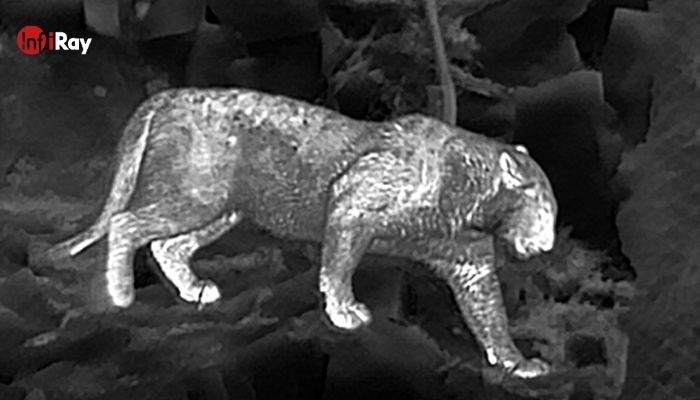
Thermal Camera Technological Advancements
With the development of technology, the possibility of thermographic imagery in wild animals has also increased. Current research is investigating how to integrate AI to improve the accuracy of animal detection. Unmanned aerial vehicles with thermal cameras expand the scope of research, offering a panoramic view of distant and unvisited regions.
The advances in technology are expected to provide a new and exciting prospect in the field of wild animals. More efficient and accurate collection of data has opened up a new way to understand and preserve the diversity of the Earth's ecological system.
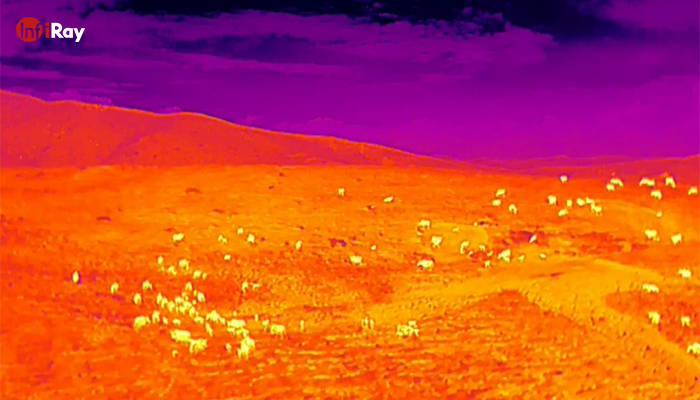
Optimum Wildlife Detection Using Thermal Cameras
The exploration of wild animals using thermal cameras requires adherence to good practices. Properly calibrated and regularly maintained to guarantee optimum performance. Understanding the behavior of target species aids in positioning cameras strategically for maximum impact.
Thermal cameras are being used to detect wild animals, shedding light on several issues that have plagued the world of animals. From the depths of the Amazon rainforest to the Arctic ice sheets, thermal imaging technology is an essential tool for scientists and environmentalists. As we explore the mysteries of nature, we can take advantage of this technology and make it possible to better understand the complex network of living things on Earth. Through the combination of techniques, commitment, and commitment to protecting nature, we can secure a better future for all of us living on this planet.







